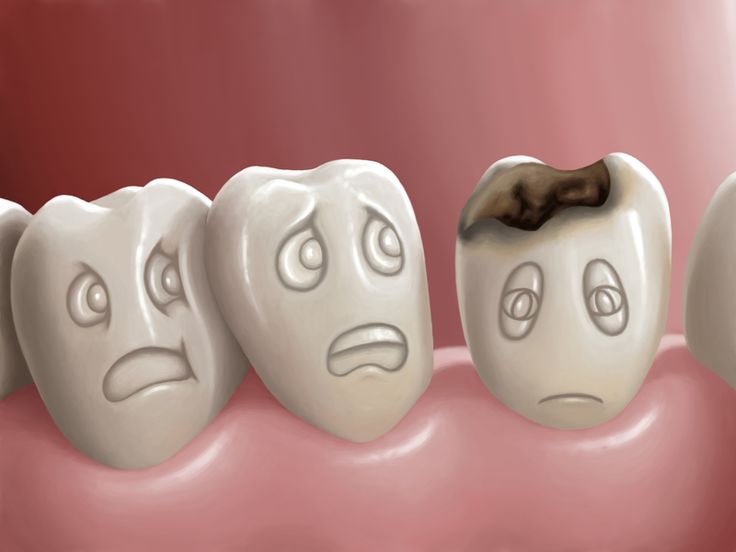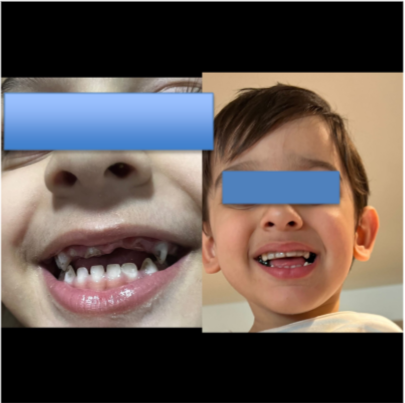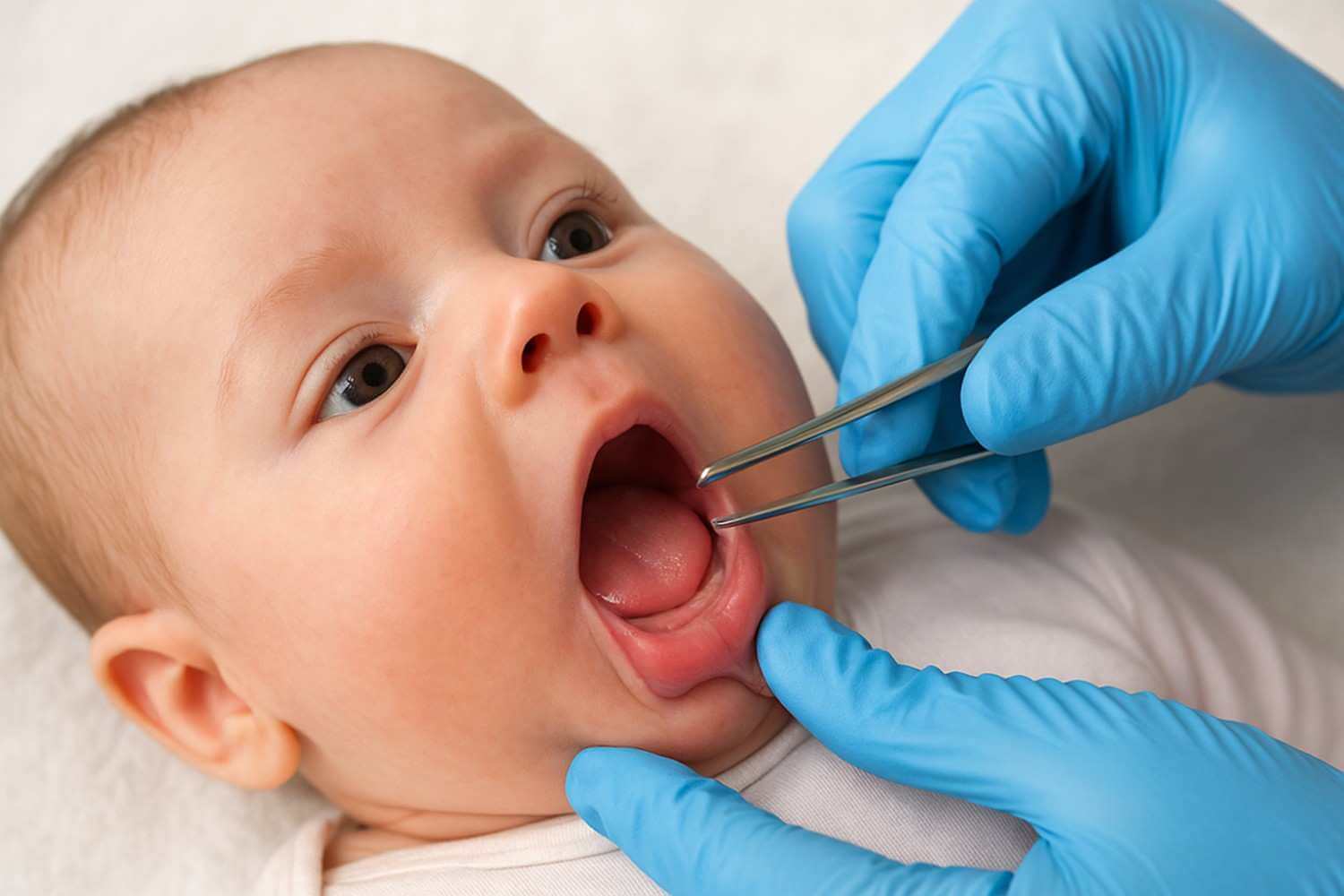Dental pain in a toddler can be a harrowing experience for family members, filled with guilt and regret. Many times parents are proactive in their approach. While their inquisitiveness about early changes like white patches on their child’s front teeth does take them to their family dentist or health care provider. But, often, they are misguided into understanding that. 1. Nothing to worry no treatment required or 2. These are just milk teeth; they will eventually fall away, But.., when, nobody informs (7-8 yrs), And the rigmarole of demineralisation continues until they come knocking to us when the child has sleepless nights or lands up with a swollen upper lip.Here we present a similar situation in 22-month-old child. In this case, we have used IV sedation to relax the child during dental treatment. The treatment includes bioactive restoration followed by preventive treatment (SDF and Fluoride Application). Please watch the video for more details.
Frequently Asked Questions (FAQs)
1. Why do toddlers experience dental pain so early?
Toddlers often develop early childhood caries due to prolonged bottle-feeding, sugary snacks, improper brushing, or unnoticed enamel damage like white spots. These early signs are often missed or misunderstood, leading to pain later.
2. Are white patches on a toddler’s teeth something to worry about?
Yes. White patches usually indicate demineralization—an early stage of tooth decay. If ignored, this can progress into cavities, infection, or even swelling of the gums and lips.
3. Why is it harmful to assume milk teeth don’t need treatment?
Milk teeth stay until 7–8 years of age. Untreated decay in baby teeth can cause pain, infection, difficulty eating, disturbed sleep, and long-term issues in permanent teeth. Early care is essential.
4. How soon should a toddler see a dentist for white spots or early decay?
A child should be examined as soon as the first tooth appears or by their first birthday. Early detection prevents pain, swelling, and the need for emergency treatment.
5. What is IV sedation and why is it used for toddlers?
IV sedation involves administering sedative medication through a vein to keep the child relaxed, still, and pain-free. It is the safest and most effective option for toddlers who are in pain, highly anxious, or require extensive dental treatment.
6. Is IV sedation safe for a 22-month-old child?
Yes. When performed by a trained anesthetist and pediatric dentist, IV sedation is safe. The child’s breathing, heart rate, and oxygen levels are continuously monitored throughout the procedure and until full recovery.
7. What dental treatments are done under IV sedation for toddlers?
Common treatments include bioactive restorations, cavity control procedures, pulpal therapies, SDF application, fluoride treatments, and full-mouth rehabilitation, depending on the child’s needs.
8. What is a bioactive restoration?
A bioactive restoration uses advanced materials that bond well to the tooth, release minerals, and help repair and strengthen weakened tooth structure—ideal for young children with early decay.
9. How do SDF and fluoride help prevent future cavities?
Silver Diamine Fluoride (SDF) stops active decay, kills bacteria, and reinforces the tooth surface. Fluoride varnish strengthens enamel, reducing the risk of new cavities in toddlers.
10. How can parents prevent dental pain and early childhood caries in the future?
Parents should limit sugary snacks, avoid bottle-feeding at bedtime, clean the child’s teeth twice daily, schedule early dental check-ups, and follow preventive treatments recommended by the pediatric dentist.
For more information kindly visit our website: https://www.vanillasmiles.dental/
Find clinic here: Get direction
Call Now: +919860633281
Address: Soni Capital, 2nd Floor, Near Shreyas Hotel, 1237, Apte Road, Shivaji Nagar, Pune, Maharashtra 411004 India




